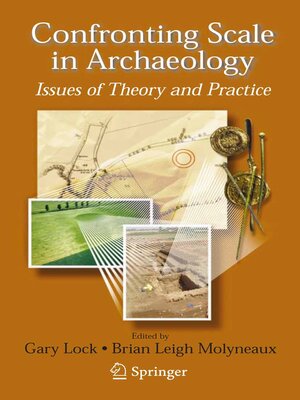
Sign up to save your library
With an OverDrive account, you can save your favorite libraries for at-a-glance information about availability. Find out more about OverDrive accounts.
Find this title in Libby, the library reading app by OverDrive.



Search for a digital library with this title
Title found at these libraries:
| Loading... |
Archaeological analysis operates on a continuum of scale from the microscopic analysis of a single artifact to regional interpretations of cultural adaptations over thousands of years. A common assumption is that shifting from one scale to another in space and time is a seamless process. Scale in this sense is invisible, a mere mathematical abstraction. Yet, issues of scale exist at the fundamental level of archaeological interpretation. The traditional analytical debate in archaeology – between advocates of the so-called ''processual'' and ''postprocessual'' approaches – ranges around the question of scales of reasoning. At the one extreme, remote observation and the ability to interpret events and processes over vast reaches of time and space are possible, because the analysis concerns the hoped-for elucidation of general cultural processes; at the other, they are not, as both analyst and subject are isolated in their own subjectivities. Analysts occupying the middle ground often advocate a ''multidimensional'' or ''holistic'' approach, which involves multiple scales of analysis and interpretation. As the battleground tends to be the degree to which specific datasets and analytical processes justify the interpretations put forth, archaeologists rarely - dress issues relating to the profound shifts in the scale of visualization necessary in all approaches to the past. And why should they? Ignoring scale is the concession archaeology makes to interpretation.






